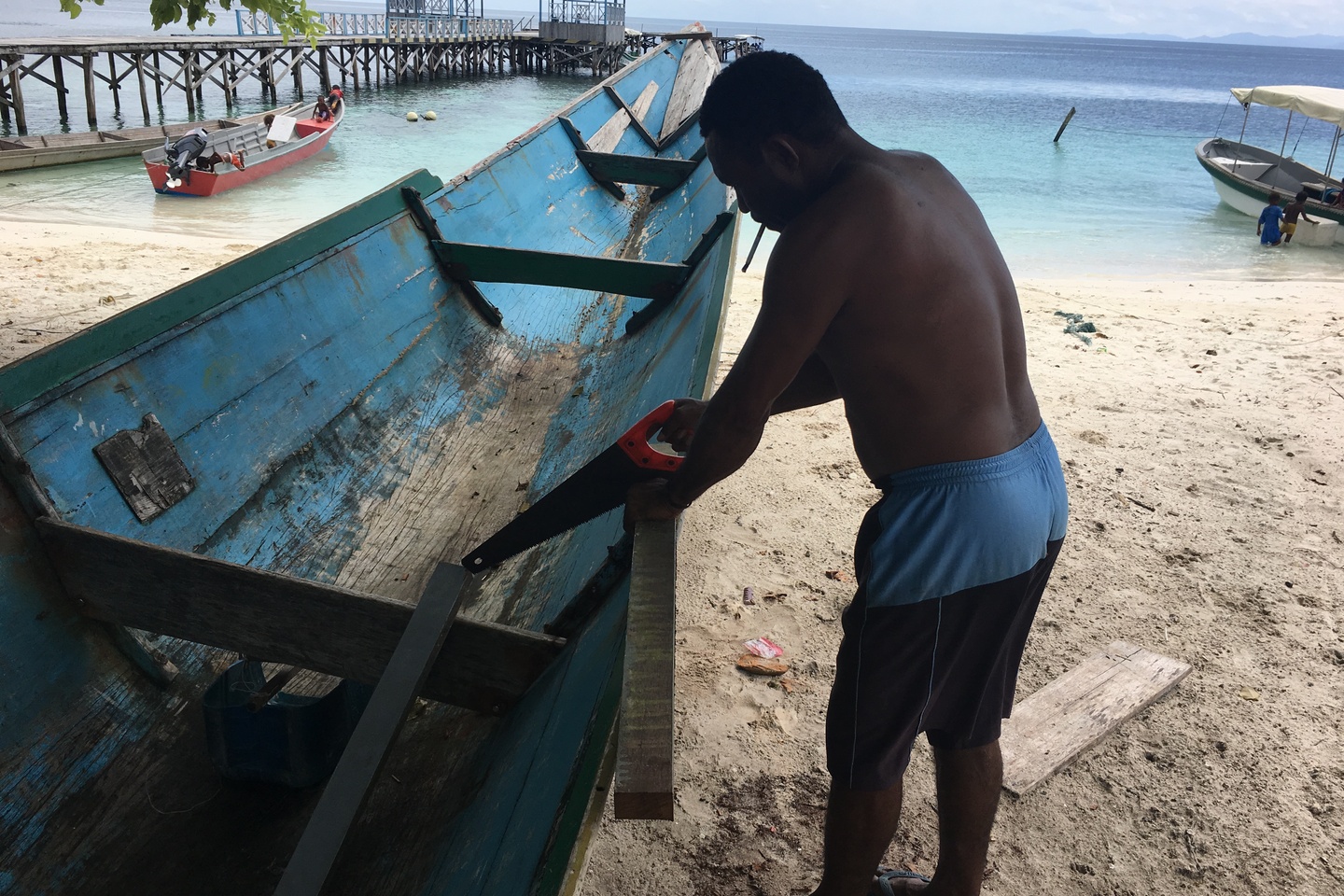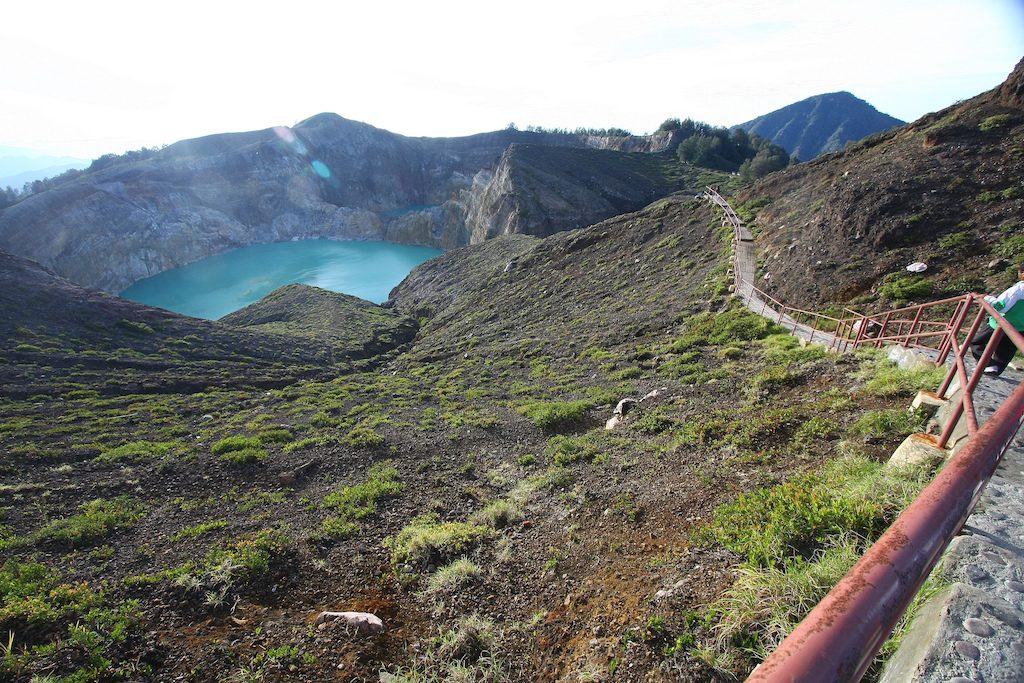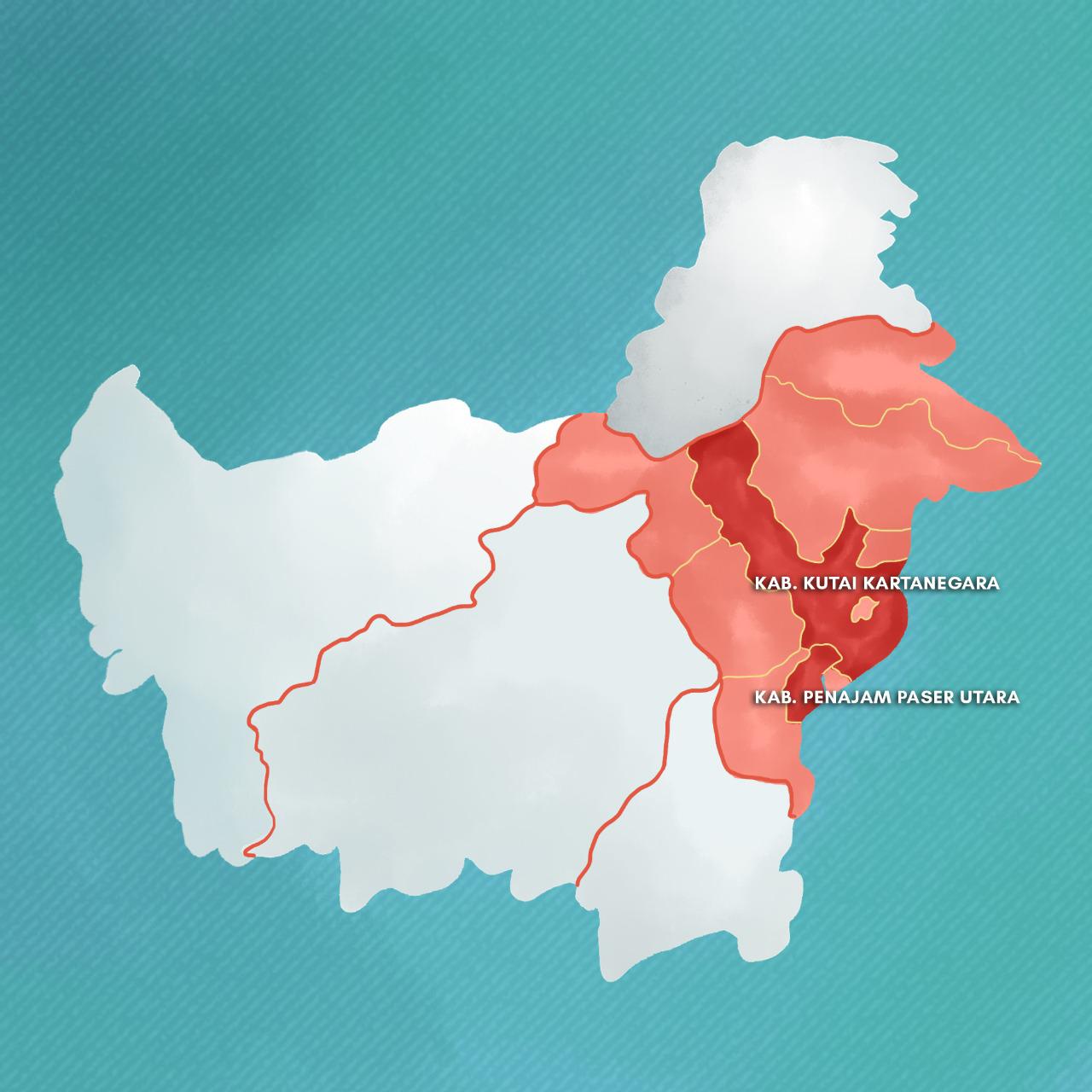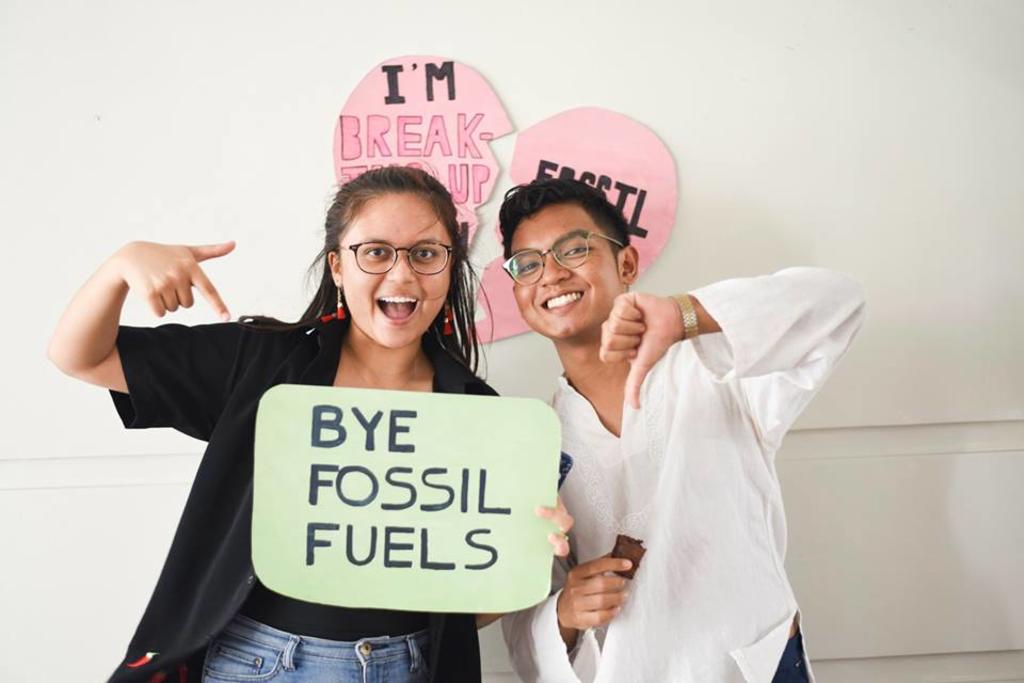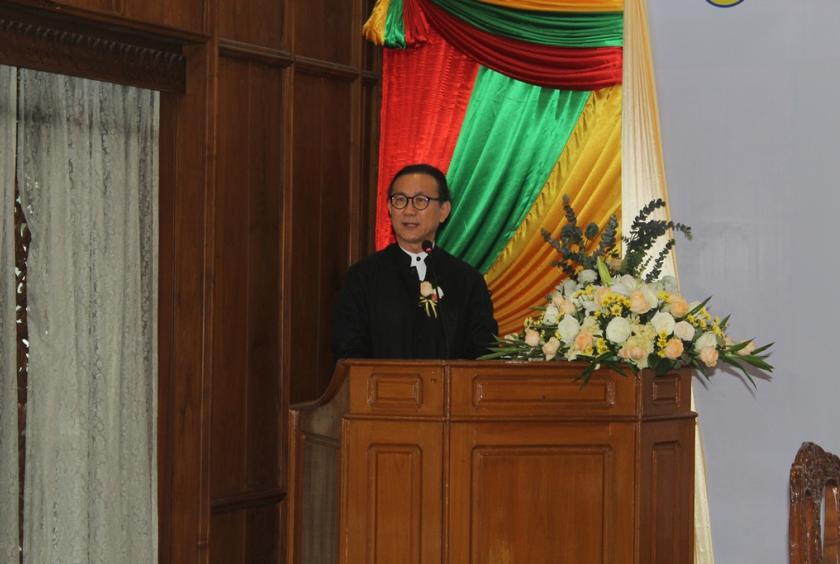- Energy-Climate & Environment
–
- ASEAN
On 8 November 2013, Typhoon Haiyan ripped through the middle of the Philippines, taking more than 6,300 civilian lives and displacing four million residents.
With food prices surging, livelihoods ruined, and homes lost, the storm—one of the most powerful tropical cyclones ever recorded—pushed more than a million more Filipinos into poverty in an already poor country.
From cyclones and floods to droughts and heatwaves, a relentless sequence of natural disasters continues to hit the Asia-Pacific region, causing the greatest damage in poor and marginalised communities, according to the 2019 Asia-Pacific Disaster Report by the United Nations Economic and Social Commission for Asia and the Pacific.
“Most of the poor communities in the region live in high disaster risk areas, and they have limited means to cope with and prepare for the frequent extreme climate events that result in them being hit the hardest,” said Tiziana Bonapace, director of Information and Communication Technologies (ICT) and disaster risk reduction division at the United Nations Economic and Social Commission for Asia and the Pacific (ESCAP).
When disasters erode livelihoods, vulnerable families often find themselves stripped of their ability to absorb shocks. And as they try to cope by decreasing nutritional intake or removing children from school, parents inadvertently pass poverty down to their children—a vicious cycle that inhibits poverty reduction and threatens to reverse hard-won development gains in the region, reads the analysis.
By 2030, the study estimates, 56 million people in the region will live in extreme poverty, but unless governments in Asia-Pacific take adequate measures to build up communities’ resilience to mitigate disaster risks, this number could more than double to 123 million.
Preparing communities for the worst requires funding, posing a financial challenge for the region, Bonapace told Eco-Business. But with hazards on the rise, the damage and losses from unmitigated disasters will be a far greater burden than targeted investments in resilience made now, she said.
Already, the annual economic loss for Asia and the Pacific resulting from natural hazards amounts to a staggering $675 billion, the report has found.
The 2019 Asia-Pacific Disaster Report comes in the same week that WWF revealed in a study that the vast majority of banks in Asean are indifferent to the threats posed by climate change and other environmental and social ills in their lending operations. More than nine in 10 banks in Asean still finance carbon intensive coal power plants, and not a single bank adequately addresses water risks, the WWF has found.
It is the responsibility of governments to protect their people, and ensure resilient and sustainable development.
Tiziana Bonapace, director, disaster risk reduction division, United Nations Economic and Social Commission for Asia and the Pacific (ESCAP)
In Asia-Pacific, the UN study says, the intersection between risks from disasters and socioeconomic vulnerabilities is particularly pronounced because the region is home to a number of fragile hotspots with populations vulnerable to droughts, floods and other climate-related hazards.
These include, for example, the transboundary river basins of South and Southeast Asia, where poverty and hunger are coupled with exposure to intensifying floods alternating with prolonged droughts, and the Pacific Small Islands Developing States such as Fiji, Papua New Guinea, and Samoa, where populations and infrastructure are highly vulnerable to sea-level rise.
The region is also more exposed to disaster risks than any other in the world. Last year, nearly half of the 281 natural disaster events worldwide occurred in the Asia-Pacific, the study shows.
And in the face of accelerating climate change, such hazards are only going to increase in intensity and frequency, said Winston Chow, associate professor of humanities at Singapore Management University and one of the lead authors for the sixth assessment report on climate change by the Intergovernmental Panel on Climate Change (IPCC), which is due in 2021.
“Climate change will increase the risk exposure of people living in cities, especially those along the coast, and the risks of these will depend on their location. Cities in areas where more intense tropical cyclones are expected to make landfall, for instance, will be in a particularly difficult situation in the years to come,” he told Eco-Business.
Outpacing disaster risk
Vulnerable groups, the study has found, are often excluded from the benefits of investment in resilience due to barriers in accessing land, reliable early warning systems, finance and decision-making structures.
To close this gap and make disaster resilience more inclusive, governments have to cease treating social policies and disaster resilience as separate policy domains, according to Bonapace.
In other words, policy reforms for more inclusive and empowered societies, such as pro-poor growth strategies and investments in the social sectors of education, health and social protection, can bring down the number of people living in extreme poverty substantially in spite of natural hazards—if they are informed of such risks, she explained.
Conversely, communities where poverty compounds vulnerabilities need to be identified in order to tailor investments to local contexts, the UN report reads.
Different groups have unique vulnerabilities and capacities, after all, but just as diverse are the reasons why communities find their ability to cope with natural hazards eroded, ranging from socio-economic circumstances to environmental fragility—and interventions must take all these into account, the study shows.
In regions stricken by environmental degradation, for instance, restoring polluted groundwater bodies or replanting lost forest can boost communities’ resilience to water shortages or floods, respectively.
A major obstacle is that official data collection systems which help governments analyse trends of complex disaster risks often exclude the most vulnerable who are difficult to reach. To reduce such barriers, emerging technologies, ranging from geospatial and satellite data to data sets from mobile phone tracking and computer-based flood models, could play a vital role, the study shows.
With steep disaster losses and the nexus between poverty, inequality and disaster risk growing stronger, the need for governments to act becomes increasingly urgent, said Bonapace.
She adds: “It is the responsibility of governments to protect their people, and ensure resilient and sustainable development.”



